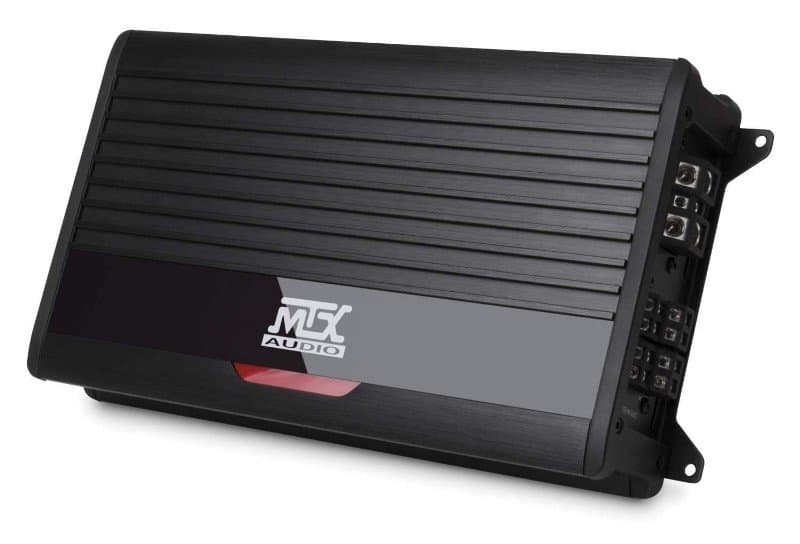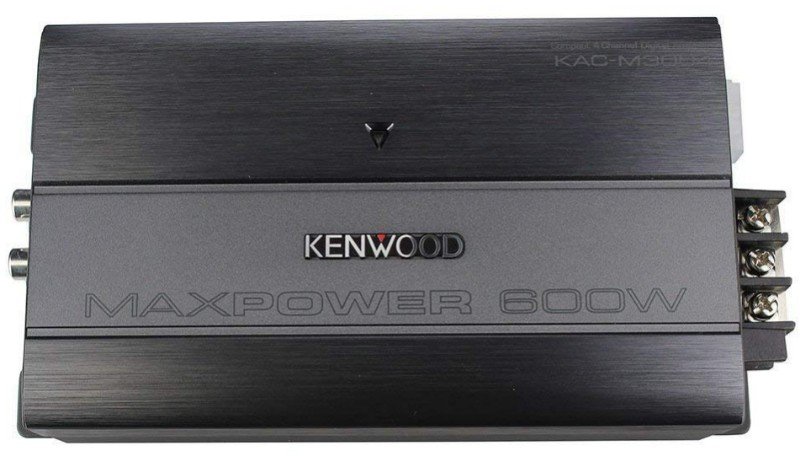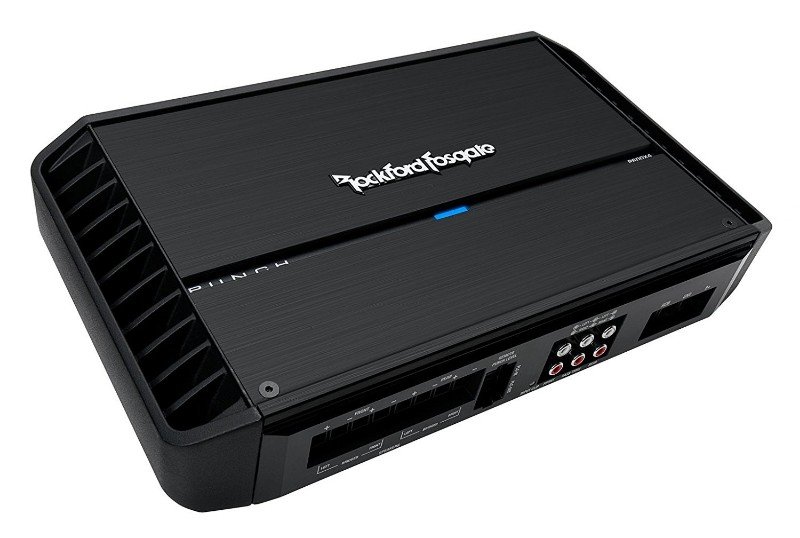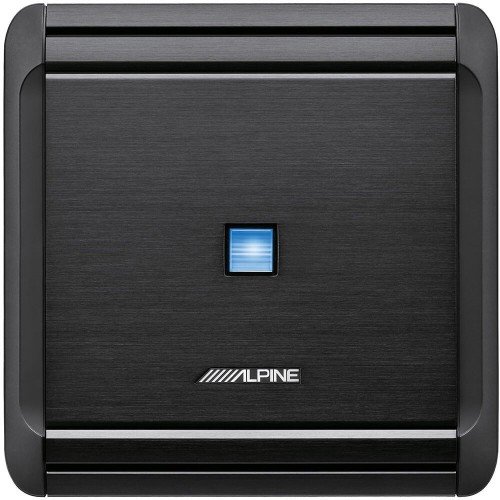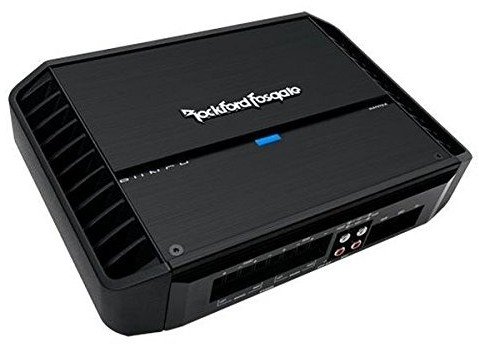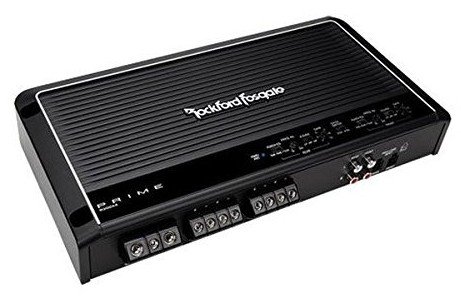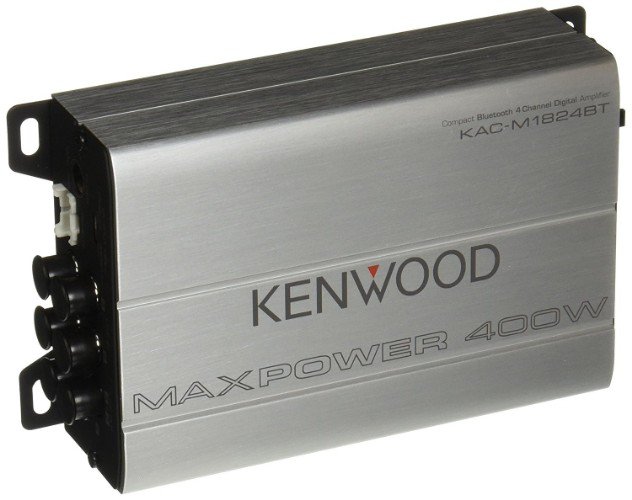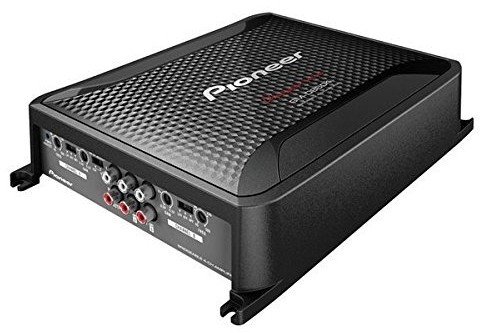If your car stereo amplifier doesn’t sound good enough for you and you currently use front and rear speakers, then a 4 channel car amplifier might help. Investing in a decent 4 channel car audio amplifier is an ideal way to produce a nice full range, premium sound quality from your speakers. It also works well if you currently have a two speaker and subwoofer setup.
The trouble is that most people don’t know what to look for in a high-quality power amplifier. That’s why we’ve set up this complete 4-channel amp buying guide and list of our favorite options on the market. Choose one of the amps listed below and you won’t believe the difference in your sound system.
What is a 4-Channel Amp?
Your 4 channel amplifier is very much the same as a 2 channel amp but there are a few differences. They both contain a power supply to heighten the 12V battery voltage. Without this, the speakers wouldn’t receive enough output power to operate correctly.
A 4 channel amp utilizes four independent amplifier sections and signal paths instead of two. Many of them also have a 2/4 channel input switch. This works well when you connect to a head unit that has two channels available so you can drive four channels of power.
Many of the 4 channel amps today are also bridgeable. This means they can be connected to a single speaker load from two channels to offer more power. They’ll also provide options like crossovers or bass boost for two of your four channels.
2 channel amps are best used to power a subwoofer. That’s why it’s not uncommon to see both the 4 channel and 2 channel amps in use at the same time in a sound system. The 4 channel amp powers the car speakers while the 2 channel amp powers the subwoofer.
Picking the Best 4 Channel Amp
When you’re shopping around for a 4-channel amp, there are some things you’ll want to be aware of.
Signal-to-noise Ratio (SNR)
You’ll find this rated in decibels. What you want to see is a low amount of noise compared to your audio signal. If you find a 4 channel car amp with great sound quality, it would feature 90dB or higher. The top-of-the-line is going to have 100dB or higher. While background noise occurs in most amplifiers, you don’t want to hear it easily.
Sometimes a manufacturer exaggerates their specs and you end up with more SNR than you anticipated. That’s why it’s vital to read the reviews before making a purchase.
Crossovers and Options
If you want the best sound, you need to invest in an amp that offers superior crossover features. If the speakers can’t handle certain frequencies or are driven to distortion, it doesn’t matter what you spend on your amp; the sound system will be poor. Have the use of crossovers dramatically impacts the quality of sound your speakers produce.
Most crossovers allow you to receive more volume minus the distortion. With these, you’ll achieve better sound quality and clarity.
Smaller component speakers won’t produce the lower-end bass as a subwoofer does. When you play your favorite tunes, you’ll hear distortion as a result. With the best 4 channel amp, you’ll achieve full-range sound from your speakers.
You’ll also want to consider an option with fixed cutoff frequencies. That’s the frequency where sound below or above is blocked. A fixed one is normally set at 50 to 60Hz which works well. You may also find a 4 channel amplifier with the bass boost feature which helps if you don’t currently have decent sound controls with your stereo.
Quality
The best sounding amps utilize well-designed circuit boards that have been planned out carefully. These boards feature high-quality components which add better sound to your system. You don’t want a company that takes manufacturing shortcuts.
Surprisingly, you’ll find a substantial difference in the lower quality amps versus a high-quality design. That’s because in a cheap 4 channel amp, the small details were overlooked in order to keep the production costs down.
Car amps that produce the best sound often have these things in common:
- Thicker and better-printed circuit boards, otherwise known as PCBs
- High-quality components
- Surface-mount technology (SMT) parts which shorten paths
- Low-noise proprietary circuits and parts which heighten the sound quality
Thankfully, you don’t need to invest a lot of money to achieve these qualities. Some on the market for less than $200 offer this type of quality. If you choose a well-known brand, you know they’ve invested money in the research of their product. A no-name brand, on the other hand, doesn’t have that money to spend, and they’re just looking to make a quick profit.
CEA Logo
 These compliance standards exist to help consumers weed through the misleading and confusing advertising ratings that stereo manufacturers use. These offer clear ratings and defined specs to make comparison shopping even easier.
These compliance standards exist to help consumers weed through the misleading and confusing advertising ratings that stereo manufacturers use. These offer clear ratings and defined specs to make comparison shopping even easier.
If an amp features the CEA-2006 compliance, that means they aren’t employing any advertising gimmick and won’t misrepresent their power ratings.
Power
To produce the best sound, you need the right amount of power. That’s why it’s recommended to choose a 4 channel amp that features a minimum of 50W RMS per channel. If you like to go loud, then 75W RMS might work better for you.
Class D Car Amps
Chances are you’re going to notice Class D car audio amplifier models while shopping, so it’s important to know what they are before you spend your money on them. This new line of technology is efficient, take up less space, produce less heat, require smaller power wires, and draw less power overall.
One of the drawbacks to this style is a higher noise level. That’s why it’s essential to purchase the highest quality amp you can afford to get the filtering and circuitry needed to reduce this noise.
A Class AB design is cheaper because they’re easier to produce. These are the recommended choice if you need to get a decent sound and stick to a budget.
Top Ten 4 Channel Amplifiers Reviewed
We’ve compiled a list of the best 4 channel amps currently on the market. In this list, you’ll find a wide variety of budget options and features available. This allows everyone to find a unit that works best for their stereo setup.

